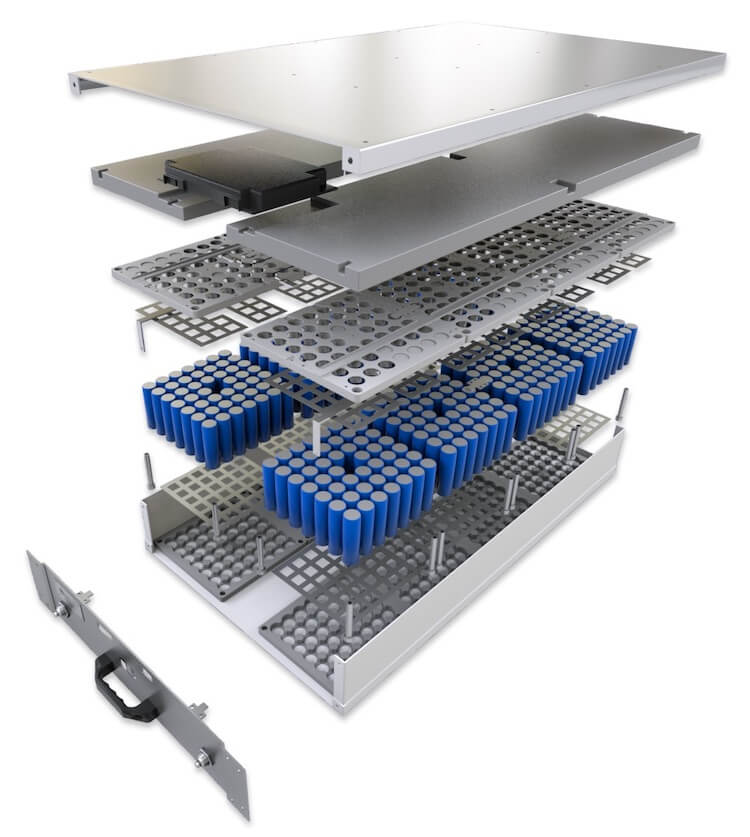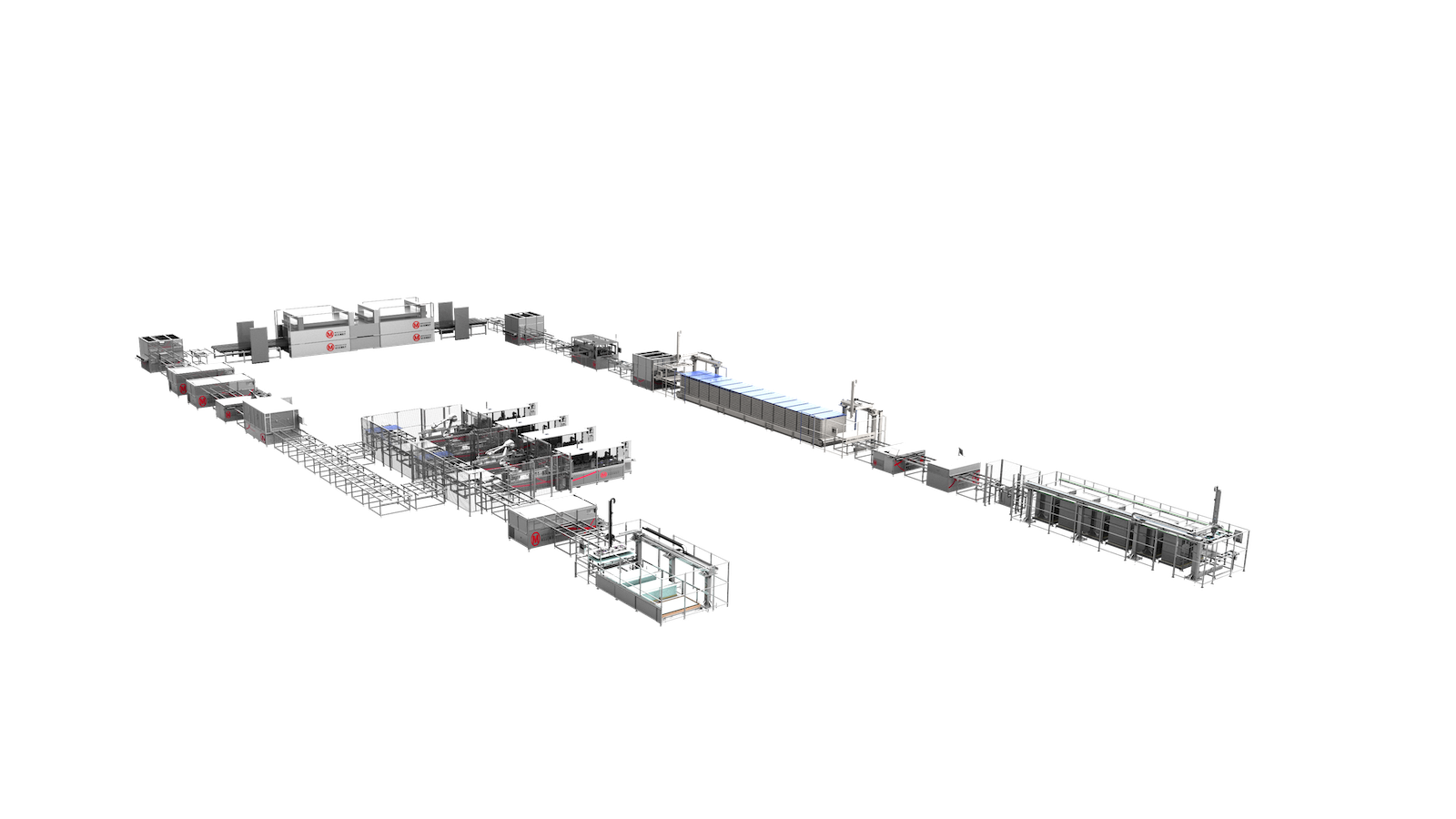The high increase of US demand for storage batteries expected for this decade.
The increase of PV manufacturing applications as electric vehicles, energy storage and other forms of electrification are changing the future. However, domestic battery manufacturing is still in its nascent stages.
Just over a year ago, several PV Companies revealed plans to set up shop in the United States, and the announcements continue. Freyr unveiled a multi-phase project that is expected to bring battery manufacturing to Georgia.
Somo Brands decided to build battery cells for electric vehicles and grid-scale storage. For example, LG recently quadrupled its planned investment in two manufacturing plants in USA. While the announced buildout of domestic manufacturing is promising, many questions remain as to whether manufacturers can overcome the many hurdles on the way to meeting growing storage needs.

Note that US manufacturing capacity for lithium-ion battery applications is currently at 60 GWh, while demand for battery energy storage systems in the US market is likely to increase over sixfold from 18 GWh to 119 GWh by 2030.
This supply may be directed toward meeting demand of EV manufacturers, rather than that of non-vehicle application. Manufacturing facilities could increase domestic capacity to over 630 GWh over the next five years. However, most of the new factories have not publicly stated their intended markets, so there is still hope for steady supply.
Most batteries manufactured in the United States are lithium, and while the country has vast reserves of lithium, other materials are needed such as phosphorous and graphite. These materials are sourced primarily from outside the United States, so domestic manufacturers are competing on a global scale, often finding high prices and short supply.

As with the rest of the renewable energy buildout, securing a strong, skilled workforce is a challenge. Roles critical to energy storage supply chains include mining, chemical and electrical engineers, technicians, and more. Growing the workforce long term requires committed collaboration among manufacturers, government agencies, training facilities, and other stakeholders.
Building a domestic renewable energy supply chain includes support for energy storage development at all levels, so that this will require investment, partnerships with experienced manufacturers, and collaboration with allies.
Among the changing renewable energy landscape, the rise of photovoltaic manufacturing applications stands as a beacon of transformation. With electric vehicles, energy storage and electrification initiatives driving unprecedented demand, the role of PV manufacturing emerges as pivotal in shaping the future energy paradigm. This synergy between PV and storage applications announces a new era of innovation and collaboration in renewable energy, and underlines the need for strategic investments and partnerships to strengthen the country’s position in the global PV market.
OUR TURNKEY SOLAR MANUFACTURING LINES:

Do you need advice for the best line design according to your needs?
Find out more about our comprehensive line design engineering capability.
